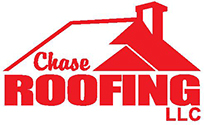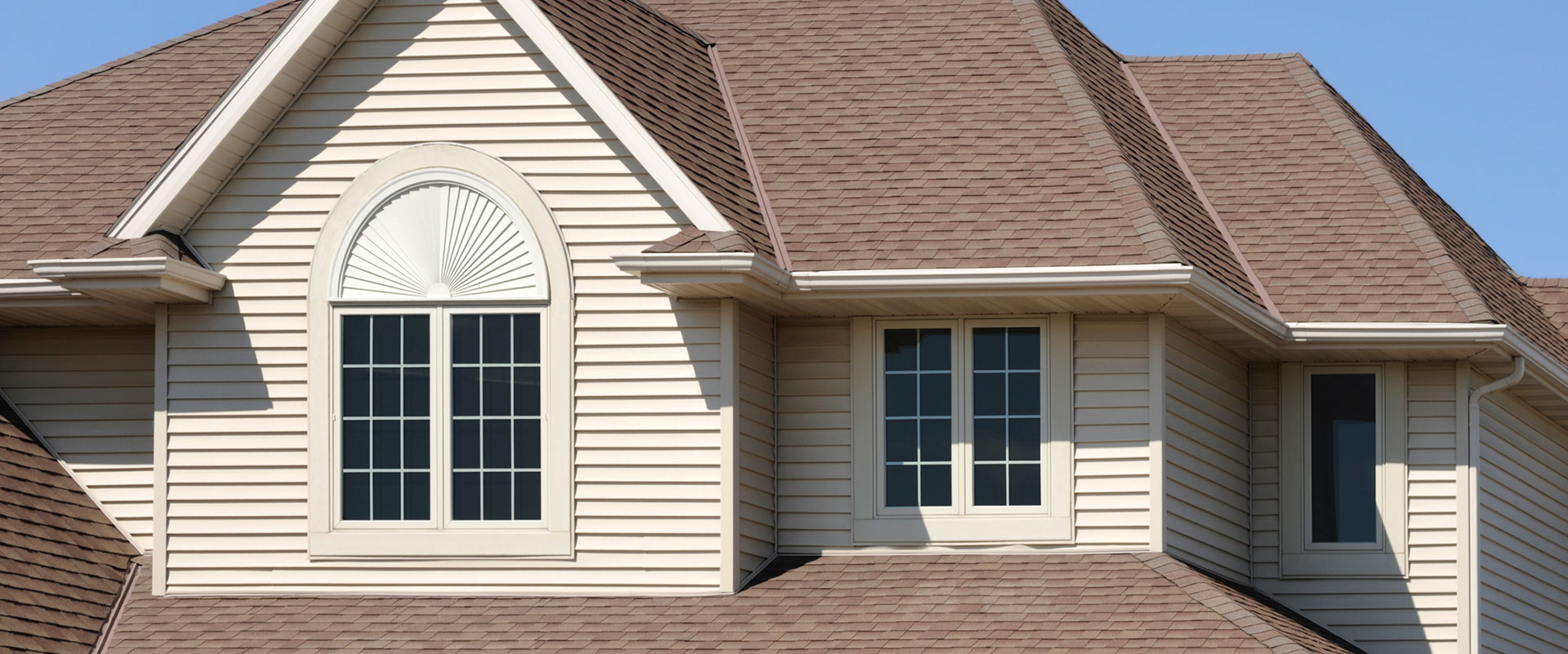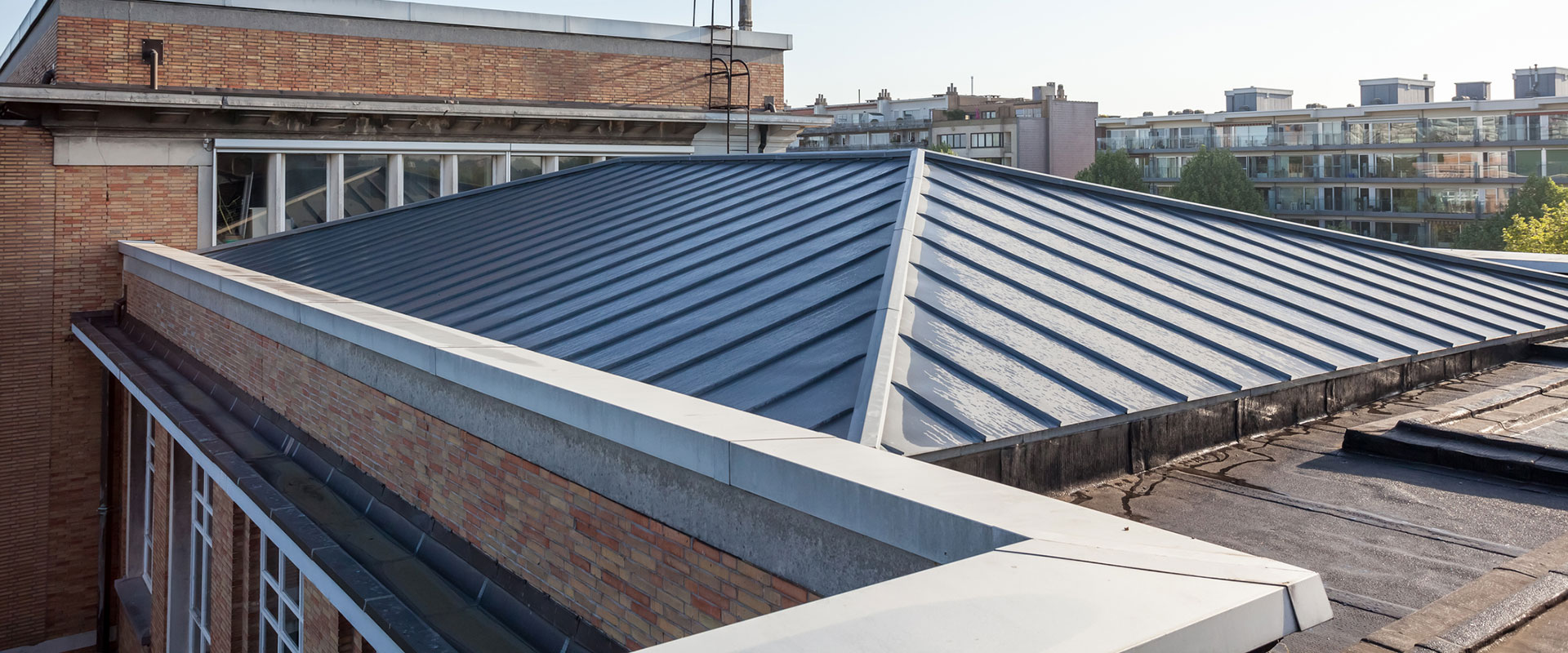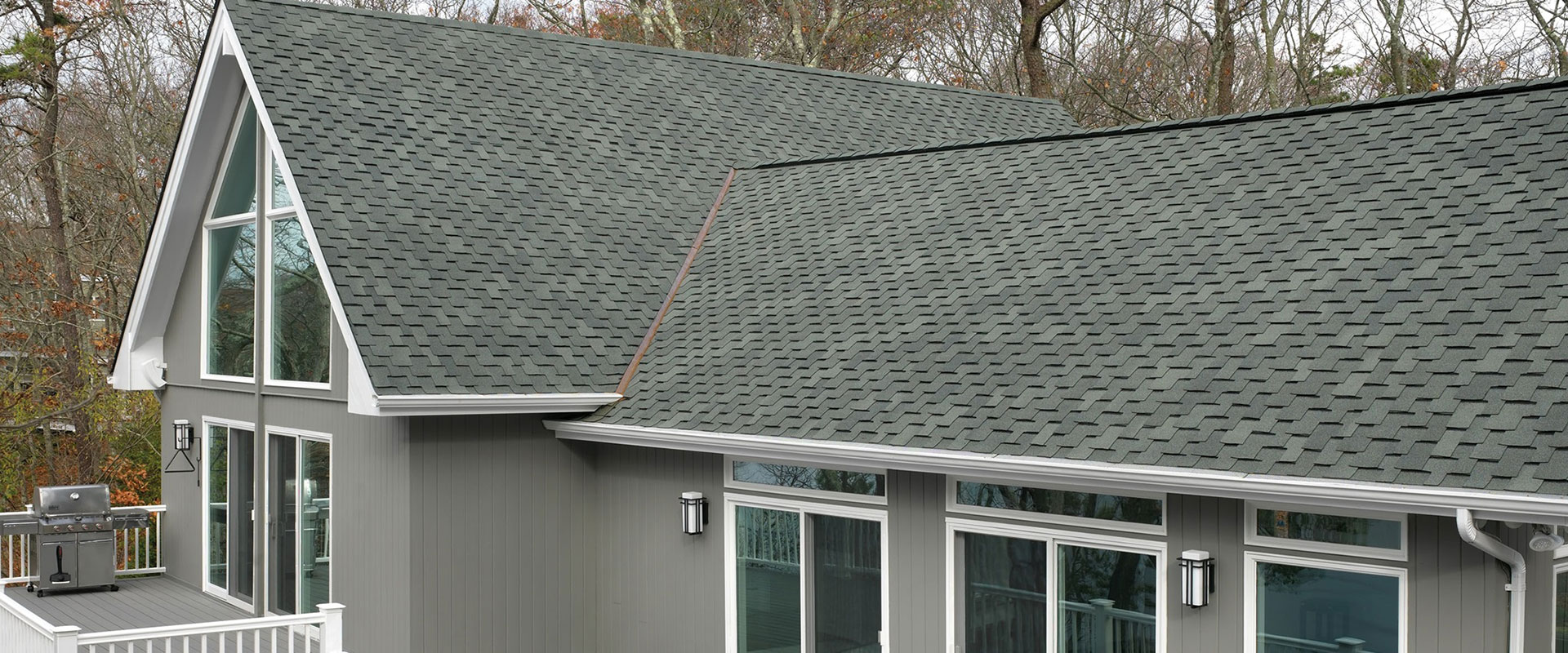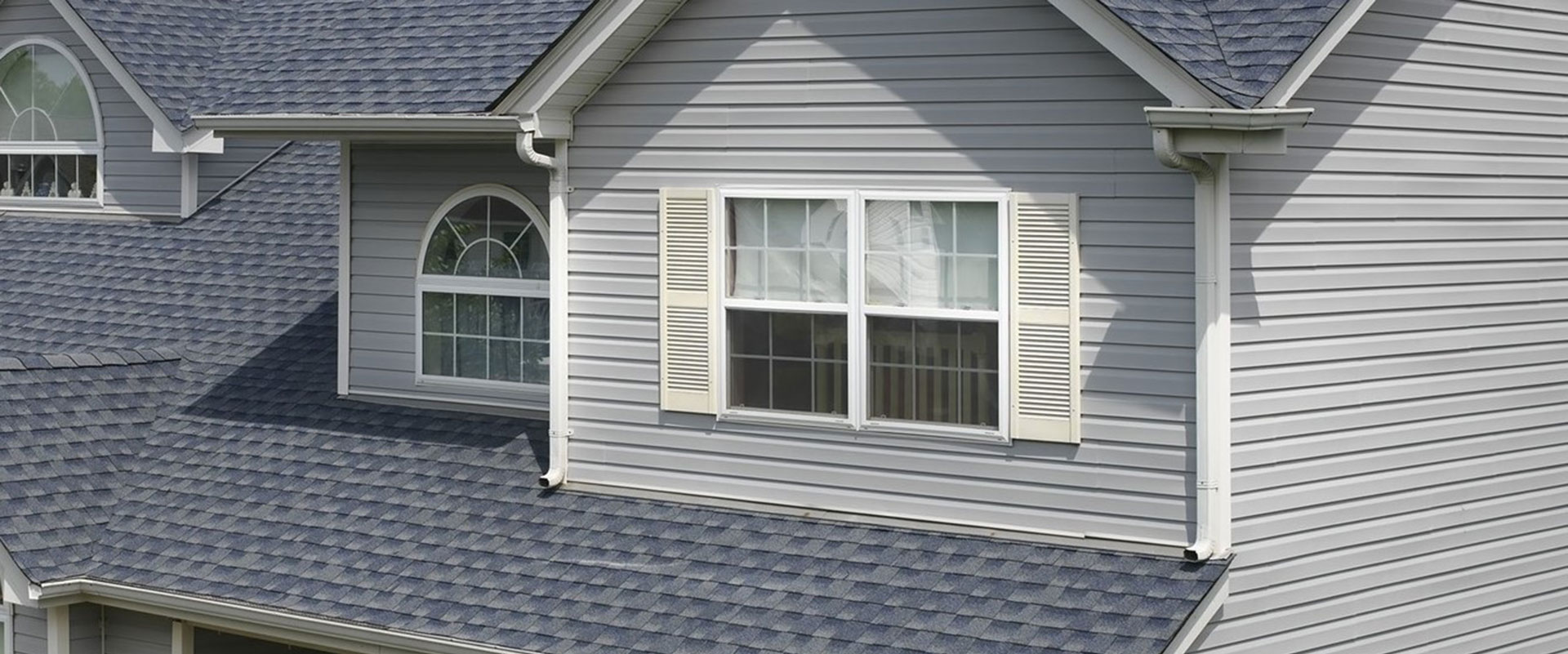The question of how long a roof can last is more than a matter of curiosity; it’s central to maintaining the integrity and value of one’s home. The lifespan of a roof varies significantly depending on its materials, the local climate, and the level of maintenance it receives. In this post, we’ll delve into these factors to give you a comprehensive understanding of what to expect from your roof’s lifespan and how you can extend it.

The Impact of Materials on Roof Lifespan
The materials used in your roof’s construction are the most significant factor in determining its longevity. Common roofing materials include asphalt shingles, metal, and slate, among others:
- Asphalt Shingles. The most widely used roofing material, asphalt shingles, have a life expectancy of about 20 to 30 years. However, premium quality shingles can last up to 50 years.
- Metal Roofing. Known for its durability, metal roofing lasts anywhere from 40 to 70 years, depending on the type of metal and the quality of installation.
- Slate and Tile. These materials are among the longest-lasting options, with a lifespan that can exceed 100 years in the right conditions.
Climate’s Role in Roof Longevity
The local climate plays a crucial role in determining how long your roof will last. Weather conditions such as hot summers, cold winters, and storms can accelerate wear and tear on your roof. For example, consistent sun exposure can make shingles brittle over time, while heavy rainfall and snow can lead to moisture damage or structural issues if not properly managed.
Regular Maintenance: The Key To Extending Your Roof’s Life
Engaging in regular maintenance is paramount in extending the lifespan of your roof, regardless of the material. A few essential practices include:
- Having Your Roof Inspected. Conduct inspections at least twice a year to check for signs of damage, such as missing shingles or leaks. After extreme weather conditions, additional inspections are advisable.
- Cleaning Gutters and Downspouts. Ensure gutters and downspouts are clear of debris to prevent water from pooling on your roof, which can cause rot and deterioration.
- Trimming Overhanging Branches. Overhanging branches can scrape against roofing materials during strong winds and drop debris that accumulates on the roof, promoting moisture retention and mold growth.
- Addressing Repairs Promptly. Small issues, if neglected, can turn into costly repairs. Addressing problems like leaks or missing shingles promptly helps maintain the roof’s integrity.
Choosing a Reliable Roofing Partner
Selecting a reputable roofing company is crucial when it comes to installation, repairs, and maintenance. A reliable partner can provide expert advice tailored to your home’s needs, help you choose the best materials for your roof, and deliver professional maintenance services to extend its lifespan.
If you have questions about your roof or are seeking professionals for repairs or maintenance, get in touch with Chase Roofing today! Call 757) 872-0700 (Yorktown, VA) or (757) 206-1948 (Williamsburg, VA) or fill out our contact form to schedule a consultation.
